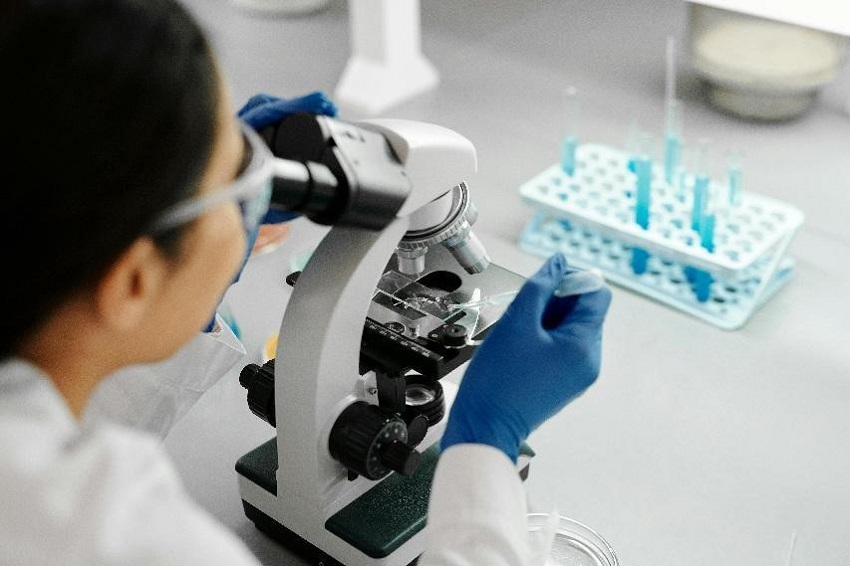Hello! I'm delighted to provide you with exclusive one-on-one consultation.
How can I assist you?
What is the process and cost of egg freezing?


The concept of IVF often leads to misunderstandings, with many believing it is a method for gestating babies in test tubes. In reality, IVF is a process that involves fertilizing an egg outside the body and implanting the fertilized egg into the mother's uterus to grow. First, doctors retrieve a mature egg that is about to be released from the woman's ovaries and place it in a specific culture medium. After about six hours of incubation, healthy sperm that have been processed are added, and cultivation continues. When a sperm successfully enters the egg, the fertilized egg is formed. Once the fertilized egg divides into four to eight cells, it is removed and implanted into the mother's uterus, starting the pregnancy process.
Like natural conception, IVF also requires multiple steps. The first step is egg retrieval, which usually involves ovarian stimulation to obtain more eggs at once, thereby increasing the success rate. Next is the process of fertilization and culture, which needs to simulate the mother’s environment in the laboratory to ensure the sperm and egg can unite and the fertilized egg can develop normally. Finally, there is embryo transfer and implantation, which is technically demanding. To ensure that the fertilized egg can implant smoothly, the uterine environment of the woman needs to be adjusted under hormonal regulation.
In contrast, IVF is a relatively simple process. Artificial insemination only requires the male's sperm to be injected into the cervix around the time of ovulation, and it can usually be injected multiple times as needed to improve success rates. Embryo transfer in IVF can involve fresh or frozen embryos, and the sperm used in artificial insemination can also be fresh or refrigerated. With the development of assisted reproductive technology, both embryos and sperm can be frozen for many years, allowing them to be thawed and implanted when needed.
For couples hoping to fulfill their dreams of parenthood through assisted reproductive technology, understanding the differences between IVF technology and artificial insemination is crucial. Currently, IVF USA offers services such as egg freezing and IVF in the U.S., and operations have expanded to include IVF and egg freezing in Japan, Thailand, as well as services in Mexico, Taiwan, and Hong Kong, working closely with IVF doctors worldwide.

Some women may have various concerns about undergoing IVF overseas, such as language barriers and inconvenient transportation. In fact, there is no need to worry; IVF USA will assist women throughout the IVF process in the U.S. by providing translation and communication in legal and medical matters. Additionally, IVF experts will customize different assisted reproductive plans based on the client's medical history, physical condition, and reproductive needs, choosing the most suitable doctors. Throughout this process, IVF USA and its team will provide you with professional advice and comprehensive services, helping you smoothly embark on the beautiful journey of becoming parents.


Online Customer Service

In-Vitro Fertilization (IVF)

Female Egg Freezing

Fertility Assessment

Scan for Consultation

Back to Top